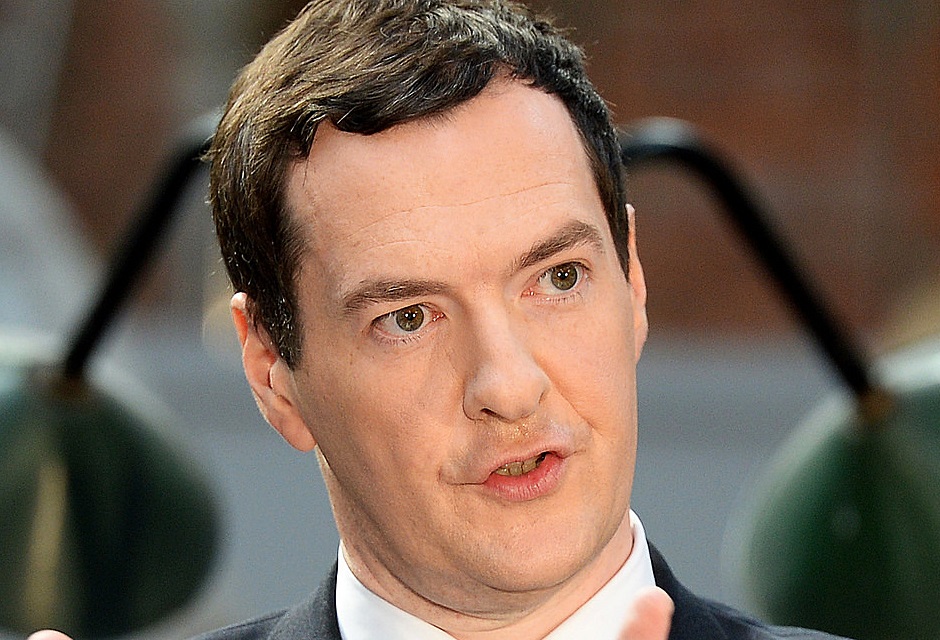Chancellor remarks at the opening of the meeting of G7 Finance Ministers and Central Bank Governors in the Frauenkirche, Dresden
Remarks by the Chancellor at the opening of the meeting of G7 Finance Ministers and Central Bank Governors in the Frauenkirche, Dresden.

Well, First Minister and Wolfgang [Schäuble], I’m honoured that you have asked me to speak on behalf of your guests in the G7 here tonight in this beautiful Baroque masterpiece. And can I congratulate you on choosing Dresden and the state of Saxony to hold this meeting of the G7.
It seems to me that this church, the Frauenkirche, symbolises three things that we should focus on in our discussions.
The first, of course, is the price of destruction. The British museum had an exhibition earlier this year about the story of Germany – a very successful exhibition.
And one of the centrepieces of the exhibition was a statue by a Dresden sculptor, Max Lachnit, and it’s called Rubble Woman.
It’s a life-size statue of a woman, built out of the rubble of Dresden after the fire bombing in 1945.
It’s called Rubble Woman because it’s built out of that rubble, but also because it represents the hundreds of thousands of German women who literally picked up the stones in the destroyed cities after the Second World War to rebuild Germany.
This city is twinned with the city of Coventry, in the Midlands of England, which was the first city to be destroyed by aerial bombardment in the Second World War. Another beautiful medieval city destroyed.
It’s worth remembering that that destruction, that war against tyranny and fascism, was a war fought between the members of the G7. The pilots in the aeroplanes fighting for their freedom were pilots who were from Britain, America and from Canada.
So it’s a symbol of destruction but it’s also a symbol of reconstruction, an extraordinary project, and also a symbol of all that has been achieved in Germany, not just since the war, but in the last 25 years.
It is also a symbol of what I think we in the G7 fight for, which is democracy and freedom and liberal values.
With all the disagreements we have about the day to day issues, we are so united in what we’re trying to achieve overall.
And the work that has gone into rebuilding this great monument, this great church, is remarkable. And I have to say on behalf of everyone else – only the Germans could build a cathedral on time and on budget.
The final point I really want to make is that this is a symbol of ambition as well.
This church was built by Augustus the Strong, as part of the creation of this Baroque jewel of Dresden.
The First Minister I think rightly paid tribute to the role that Wolfgang has played in German history in the last twenty five years. He was one of the fathers of the nation – the fathers of modern Germany.
Augustus the Strong was quite literally the father of his nation because he had several hundred children. But he also created this masterpiece – this masterpiece of Dresden.
What he had was ambition. He wanted his city, his state, to be at the centre of the world. He wanted it to be at the centre of manufacture, culture, science and art.
Whether it was this church, or the picture collection, or the Japanese palace, or the emeralds brought from Colombia, it was the centre of globalisation in its day.
And we in the G7 should have that ambition going forward.
We should not be the countries where the great things used to happen, where the great culture used to take place, where the great manufacturing used to exist, where science used to be at its frontier. We should have the ambition to be those countries in the future, as well.
So can I conclude by saying thank you for bringing us here.
There is a poignant symbol here – the cross on the top of the church. It was donated by funds raised by the British people. But what not everyone knows is that the cross itself was made by a blacksmith, and the blacksmith’s father was an RAF pilot on the night that this church was destroyed.
So with that symbol of hope now again over the skyline in Dresden, let’s start our discussions in the G7 and a plan for a great future.